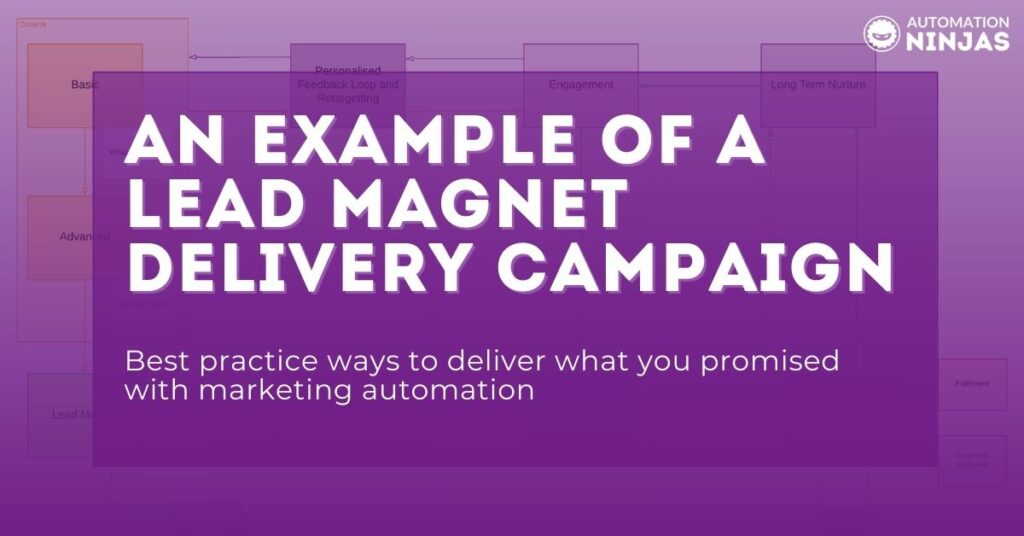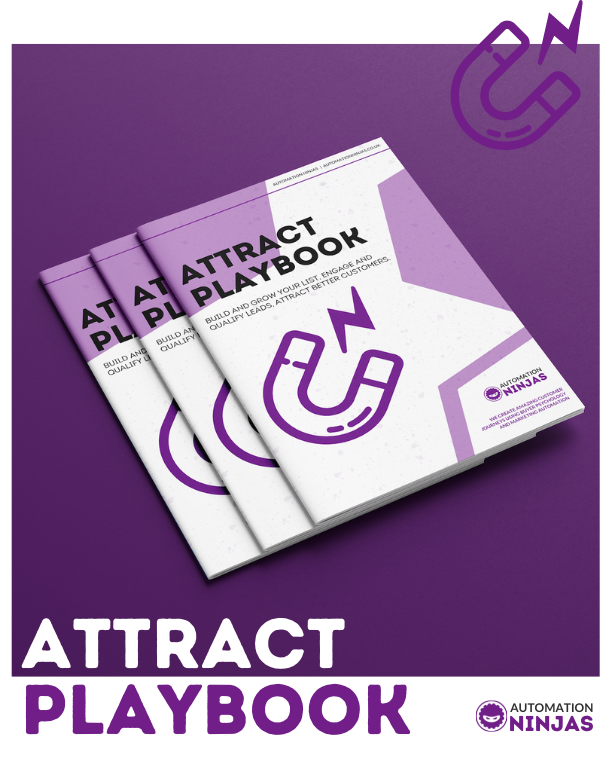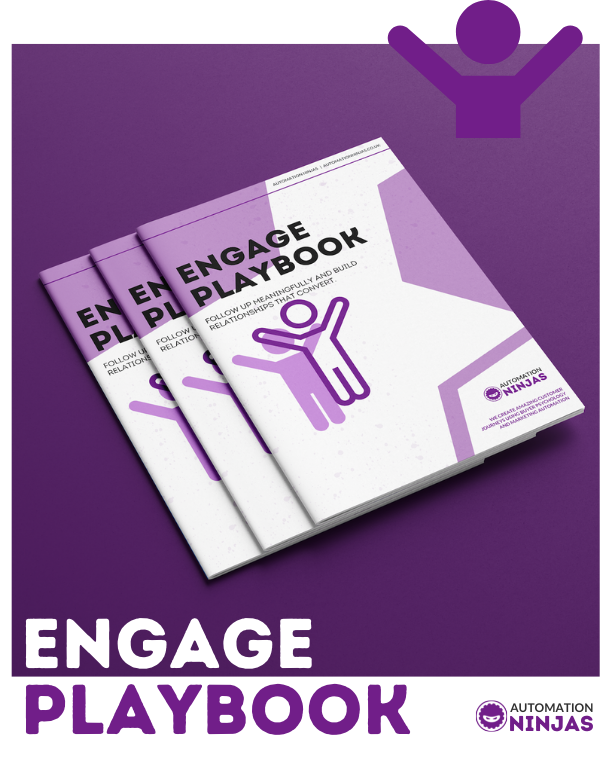What is a lead magnet campaign?
You’ve created a great lead magnet you know your consumers are going to love, but now you need to deliver it… The lead magnet delivery campaign is one of the cornerstones to using marketing automation to generate new leads and save time by automating the follow up.
Whether your prospects will be filling out a form on your website, have requested to download a freebie, PDF, video etc…. This blog will show you how to create a lead magnet delivery campaign that delivers that freebie using marketing automation. Specifically we’ll be showing you how we do it, following our best practices in Infusionsoft by Keap.
You’ll learn the best practices, and how to add things to your campaign like going on to offer a CTA eg. book a call, and then put that contact into your broadcast list/Long Term Nurture campaign so you can continue to nurture them and build a long term relationship.
So to get started, this is an overview of what the lead magnet delivery campaign will look like. I’ll break each sequence down below, and explain what happens at each stage. The purpose of this example campaign is to show you how someone might request a lead magnet, and then you upsell them to book a call with you.
Related content:
From the left to the right the lead magnet delivery campaign works as follows:
- The prospect requests an Animal Care PDF
- They are automatically segmented and a fulfillment list is sent to your team
- An automated thank you email is sent with some follow up emails to get them to request a call
- Fulfilment lists are used to communicate to your and your team when certain events happen
The entry point to your lead magnet delivery campaign should be via a tag applied goal. This tag should get applied when the contact clicks to request your PDF on your webform. We like to use the tag category “Trigger Tags”, as this will tell you that when that tag is applied to a contact’s record, it is going to trigger an action.In this case, that action is entering them into this delivery campaign:
Once that tag is applied, the contact will go straight into the first sequence. We name our sequences to make referring to them as easy as possible, in this case they will go into SQ1. This sequence will apply reporting tags to allow us to segment your prospects, and send a fulfilment list notifying you that they’ve requested the PDF download.The fulfillment lists are not essential, and are simply a way for us to let people know something has happened. We like them because they can give you a lot of detail in one go, and can be sent to any email address (for example someone who is not a user). Some people just like to be notified of these things - I know we do 🙂 Below is an example of a fulfillment list - it doesn’t need to be anything fancy, as long as the information you need to know is in there.First name and email address are pretty standard fields to collect in these fulfillment lists:
How to use reporting tags for your lead magnet delivery campaign
Taking a closer look at the segmentation, we use reporting tags. These are very handy tags to have, as you can see at a glance how many people are active in a certain lead magnet delivery campaign, by running a contact search.
We like to use two different reporting tags - An active tag which will be removed once the contact has come to the end of a campaign, and a historical tag which will stay on the contact’s record. The historical tags always come in useful if you ever want to know which contacts have been in which campaigns. Always stick to the same naming convention for your reporting tags, just to keep them nice and tidy, and name your tags according to their function - again for ease of clarity
The next sequence in the lead magnet delivery campaign will contain the delivery email of the PDF, and the follow up emails. We tend to put a three day timer between these emails, it’s a pretty standard amount of time - but you do what is right for your audience.
This email should be sent as soon as the download has been requested, so no delay timer required here.As well as delivering the PDF, you can also put another call to action in this email, such as giving your contacts the option to book a call. You’ll probably want to pull the contact’s out of the lead magnet delivery campaign once they’ve clicked on the call to action. No one wants to keep getting emails with the same calls to action once they’ve already clicked on it.
We do this by applying a tag to the book a call link, and then setting up a tag applied goal which is satisfied by the link:
Again, these are not always required, but many people like to be informed when this link has been clicked. We can use fulfillment lists for this too, but best practice is to also collect the phone number too.
This is at one of the points where the “Active” tag should be removed, as that contact is no longer active in the lead magnet delivery campaign.
If the contacts go all through the lead magnet delivery campaign, without clicking on the CTA, then we can just add them to the broadcast/newsletter list. This is the second point at where the “Active” tag should be removed. This happens in SQ4
Best practice is to wait around a week before removing the tag - just in case the contact re reads one of the follow up emails and then decides to click on the CTA.
And that is a standard and staple of marketing automation: a simple lead generation delivery campaign. I hope it’s inspired you to adopt some segmentation best practices, and to use some fulfilment lists to communicate when people have taken action.
Now that you’ve delivered what you’ve promised, what’s next? Will you be engaging your leads and continue providing value?
If you need some ideas you can grab one of our playbooks here:
The Attract playbook covers the strategies you can use to get more leads in, and the engage playbook shows you how to build a relationship with them.
I’d love to know how building your lead magnet delivery campaign is going!




